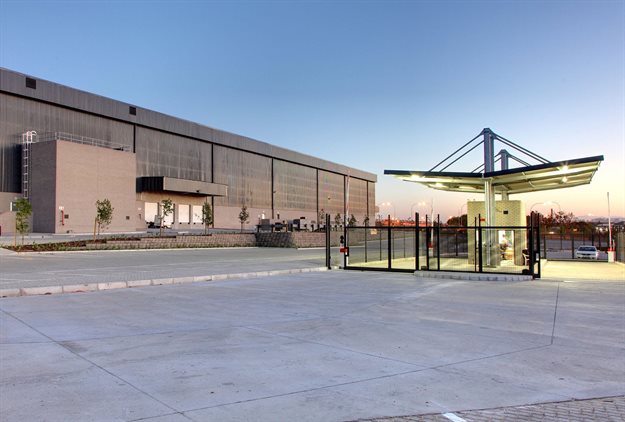As the globe grapples with the humanitarian crisis around the pandemic, while this is still unfolding, with a ripple effect across all sectors of the economy, much is being said about the effects of Covid-19 on the commercial property market in South Africa, including pressing landlord and tenant issues.

Andrew Jefferson is a director of the Annenberg Property Group
From a long-term investor perspective, property needs to be viewed as a long-term investment, with decisions made looking to the future. So how do we see the future playing out in the commercial property market?
Rental rates will decrease
The starting point in a decision to acquire a commercial property investment should always begin with the bricks and mortar price. A lease may last for a few years, but rental rates will always revert to market in the long run. We, therefore, need to understand what the current market-related levels are before making a decision to buy.
Rental rates will drop post the Covid-19 lockdown. In a rental market controlled by supply and demand, when supply increases and demand decreases, the price has to capitulate. Companies will revise their growth plans, look to consolidate or look to move. Many businesses will cease to exist in the medium term, even if they are able to survive for the next few months. Tenants will be forced to move out of their premises, even if they are in the middle of a lease, and as a result, vacancies will rise.
This high level of vacancies in the commercial sector will create competition amongst landlords to fill their vacancies. The end result of this is always a drop in rentals. We have already seen how the listed sector has reduced their rental levels significantly in order to retain tenants in good standing.
We have always seen the strength of the commercial market like the ocean tide - as the market strengthens, the high tide pushes demand into secondary areas as core areas have few vacancies and prices become unaffordable. As the tide weakens, that demand results in the opposite - rising vacancies are first filled in the core areas, leaving secondary areas particularly vulnerable to high vacancy rates. The effect of this means that rental levels will see a bigger drop in outlying areas than in primary areas, which comes back to the ever-critical importance of location.
Yields
Yield is a little less obvious as an investor's required yield is a function of many criteria. On the macro side, we will see the yield move significantly higher as the current risks are significantly elevated, due not only to the weak economy, but also the fear of the unknown. If we knew how the pandemic will play out, we could eliminate much of the short-term noise. But we don't know how bad things are going to get, and as such the fear of the unknown will further increase yields.
Commercial property yields are seen to be correlated with bond yields. In the past few weeks, we have watched as the 10-year bond has risen from under a 9% yield to above 12%, but recently settled just under the 11% level, thanks to the SA Reserve Bank stepping in to buy bonds in the secondary market. We expect similar, but less drastic movements in the commercial property market yield.
Yields are also determined by a tenant's covenant (a stronger tenant means a lower risk profile, hence lower required yield), location of the property (core areas demand lower yields), property type (the retail and office markets will be worse hit than industrial and logistics), length of remaining leases and diversion of rental levels from the mean (if the rental level is above market you can expect significant rental reversions and this needs to be factored into the yield).
However, yields are also correlated to the interest rate. We have recently seen a reduction in the prime rate from 9.75% to 7.75% and expect further reductions in the next several months of around 100bps or potentially more. Investors of good standing are achieving rates of around 0.5% below prime - some even more favourable than this. This means in the near future they will be borrowing at below 7%.

Image supplied
To illustrate how this will affect an investment, consider the following example:
A property before Covid-19 achieving a net annual income of R1m, valued at a 10% yield was worth R10m. The simple interest paid on this R10m was R975,000 per year at prime. Post Covid-19 the same R10m at prime would cost the investor R775,000 annually in simple interest, effectively increasing their net cash position by 20.5%, or more if we look at the effects of compound interest and even more if the interest rate falls further.
So while we definitely see the required yield on a property increasing by 1%-1.5% to account for increased risk and future rental reductions, we don't foresee this blowing out by the same level as the bond yield.
Where to from here?
As property investors, we have been trained to think long-term, to drown out the noise, to look for opportunities and to find solutions to problems. We understand that these are incredibly trying times and both investors and tenants have frayed nerves. The next few months are going to be incredibly tough and you are going to need the best advice and team to help guide you.




































